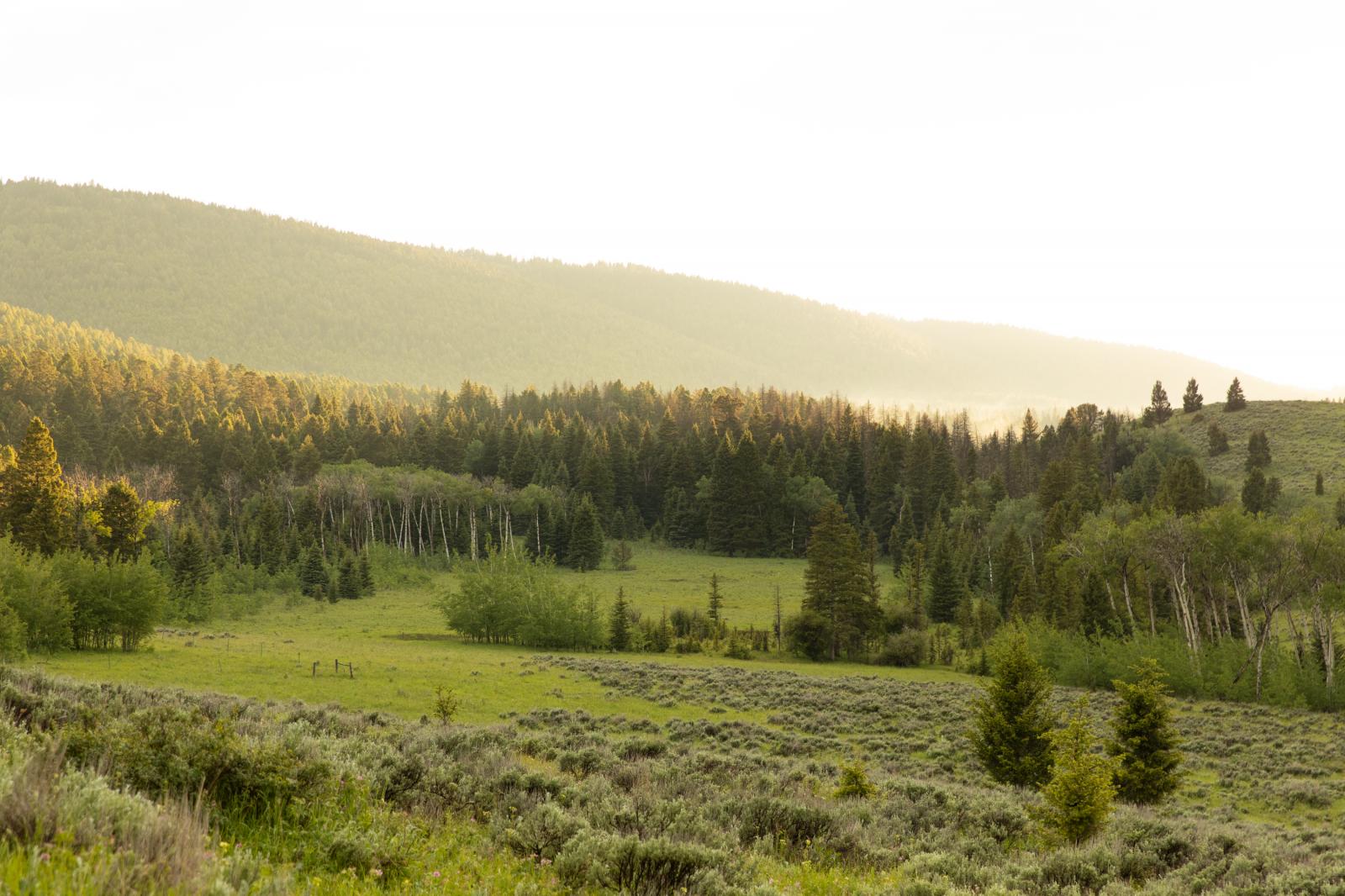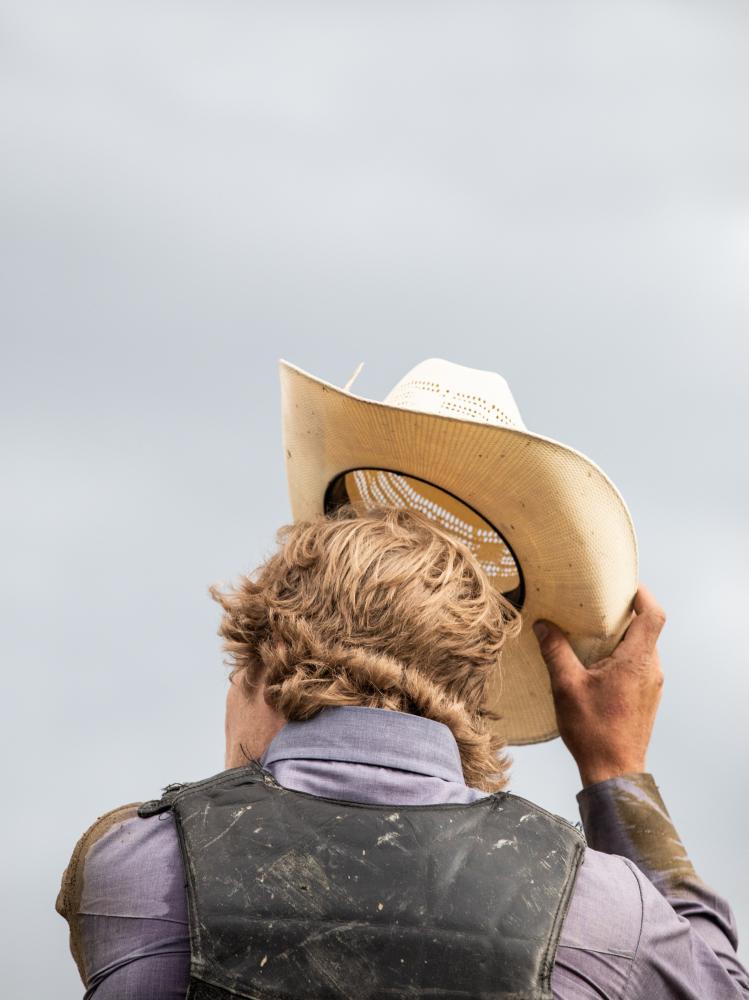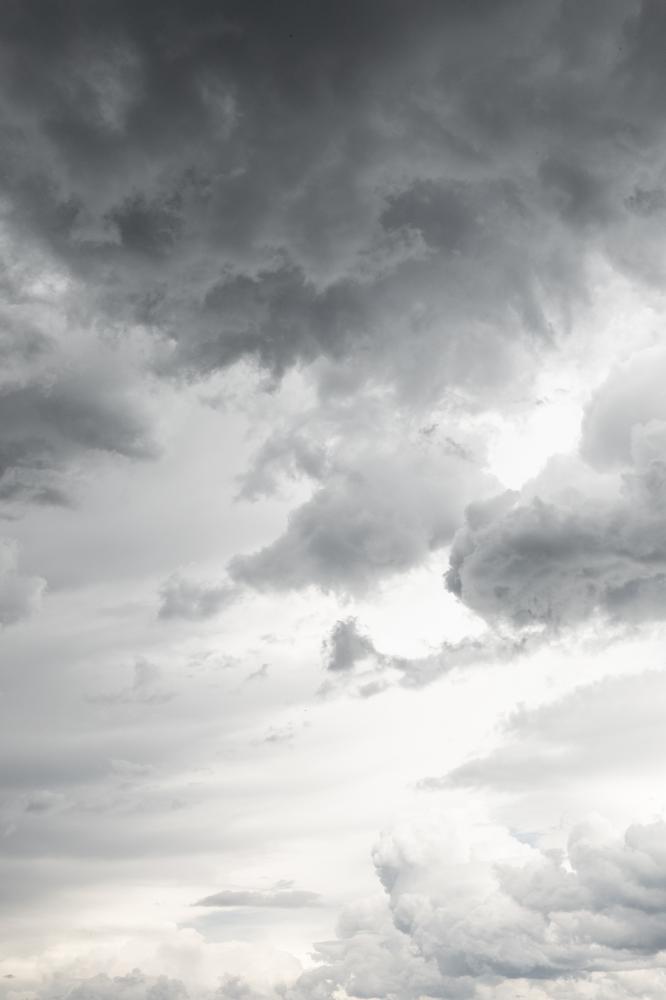Public Story
Valley Eulogy
For 163 years, my family had a presence in Montana’s Madison Valley. In the 1860s, my ancestors, William H. Ennis and Myron D. Jeffers and their families settled on either side of the Madison Valley, establishing the towns of Ennis and Jeffers, which still bear their names. Since the ‘80s, my grandmother was the last of our family to live in Ennis, in little home on Main Street between the bank and the library. When we could, my family would join her there for Thanksgivings and 4th of Julys. This year, we returned for the fourth and we did the usual things: went to the pancake breakfast fundraiser at the firehouse and the rodeo, watched the parade from the same spot we always had. But this time, the little house on Main Street was gone, now just an empty square of dirt. My grandmother wasn’t with us — she passed last October.
In the months after her passing, I realized: it was now up to us to keep our family stories. And, it was up to us to begin to complete our family stories, to understand how our ancestors' presence as settlers impacted others. What it meant when people like us arrived on tribal land. I began to do research, and discovered the work of Professor Orlan Svingen, who had been working with tribe to uncover the hidden history of the area.
In the 1860s, Chief Tendoy and his people, the Lemhi-Shoshone, were starving to death, because the old way of living that had gone on for millennia was cut short by the fact that ranches and mines and cities were being established all across their traditional land. So, Chief Tendoy made a trip to Virginia City to meet with the governor to establish a reservation in Montana for his people.
⠀⠀⠀⠀⠀⠀⠀⠀⠀
“Tendoy knew what a treaty was. It meant the Federal government wanted concessions, they wanted them to live in a smaller area, and they would come up with conditions, stipulations, and benefits for you to do such a thing,” said Professor Orlan Svingen. ⠀⠀⠀⠀⠀⠀⠀⠀⠀
The treaty consisted of eleven articles, and included financing, land set aside for a permanent treaty reservation and a farmer, doctor, and interpreter for the reservation. It was signed by Chief Tendoy and his eleven sub-chiefs. ⠀⠀⠀⠀⠀⠀⠀⠀⠀
The document was taken back to Washington DC and the tribes waited and took it in good faith that the treaty was agreed upon and confirmed. However, they didn’t anticipate a change in policy. On March 3, 1871. The House of Representatives chose to discontinue the treaty-making process with tribes, effective as of that date. The last treaty to be ratified was with the Nez Perce, signed in August 1868. Chief Tendoy’s Virginia City Treaty was signed only 42 days later. No one telegraphed Tendoy to inform him that the treaty was off, and the agreement abandoned. ⠀⠀⠀⠀⠀⠀
Professor Svingen and his students discovered an 1870 Cession Document in the National Archives signed by Chief Tendoy that described in detail the land ceded within the Virginia City Treaty. Mapping the directions given by Chief Tendoy, Professor Svingen was able to identify the tribal lands as including 19,480 acres in Idaho, 10,72 in Montana, and 2,318 in Wyoming. Almost 32,000 square miles. The document challenges the land claims made by the federal government that put the Lemhi-Shoshone in Southwest Idaho, which denied their rightful claims to areas of Montana and Wyoming and vastly minimized their overall land rights. With this recent discovery of the more accurate, broader land claims, it became clear to Shoshone-Bannock tribal members that there is a need for a reasonable resolution that reinstates land rights and tribal presence in their original homelands. ⠀⠀⠀⠀⠀⠀⠀⠀⠀
“It doesn’t matter about ratified or unratified treaty, all this land was stolen. It’s theft.” Dr. Lanada War Jack (Bannock), president of Indigenous Visions Network
Starting in 2013, an annual tradition began in Virginia City to hold a gathering to honor the treaty and begin to re-establish the tribes’ presence in Southern Montana. After the second gathering, the town gave a plot of land to the tribes, inviting them back to the area. The tribes are organizing plans for an interpretive park and garden that tells the story of the Lemhi-Shoshone people, Chief Tendoy, and the treaty. “Its a prescription for healing and growth,” said Joe Bettinger, member of the Lakota-Sioux tribes, and Virginia City Resident. ⠀⠀⠀⠀
In the days that followed my grandmother’s memorial, we stayed in Southwestern Montana. My dad noted that whenever he came to the area, we primarily went to one place: to Ennis to see Jane. There were so many places that she knew so well that we had never explored; like the Tobacco Root Mountains, the Axolotl Lakes, or Wall Creek. This year, we were able to spend more time together in Montana, exploring out into areas we’d never visited. We returned for her, for her memorial, and we stayed to learn more. We met with tribal members to learn the truth about our shared connection to this place, learned about the past, made plans for the future. She would have loved to have been a part of these conversations, and we missed her presence. My grandmother was the town’s historian, the family’s keeper of stories. With her gone, we now know it’s up to us to hold the stories, to continue our research and deepen our curiosity, to find and learn from those we are connected to by a shared past, and to search for more broader and more truthful ways to tell our stories.


























